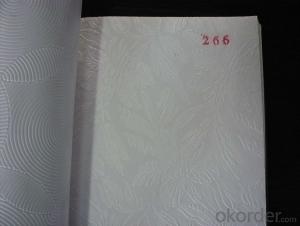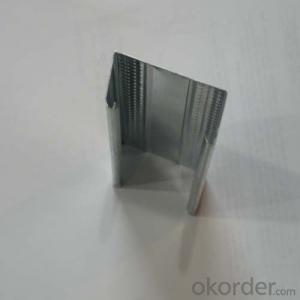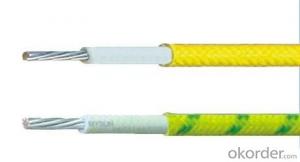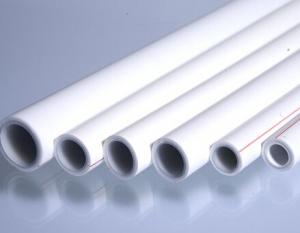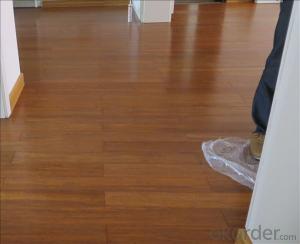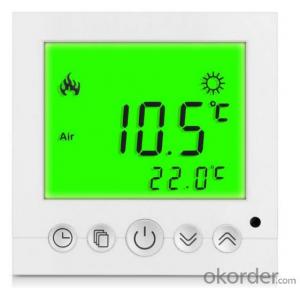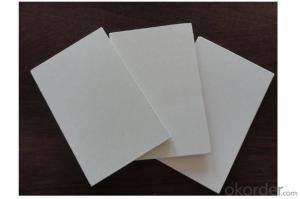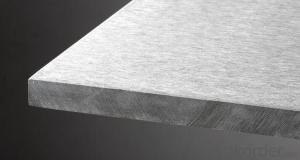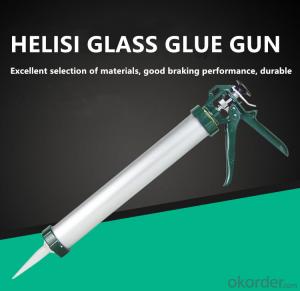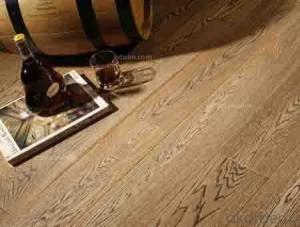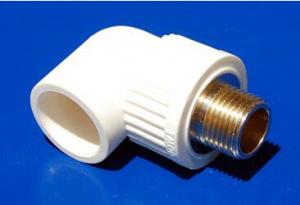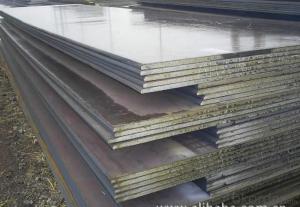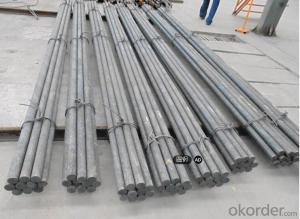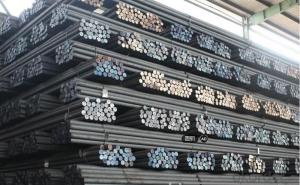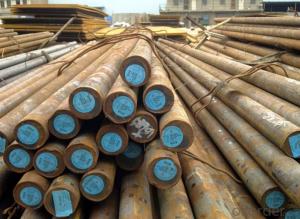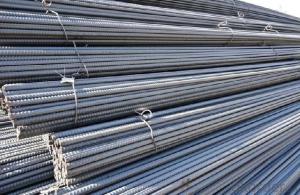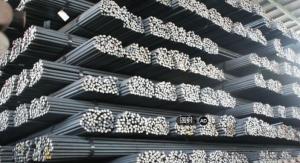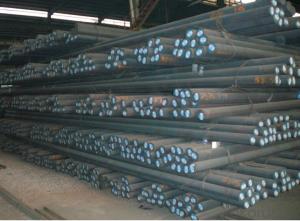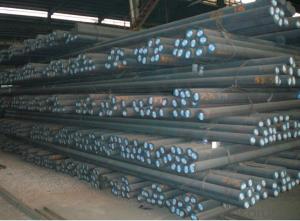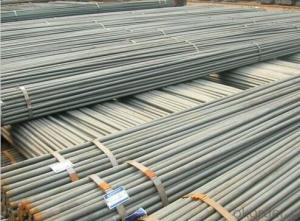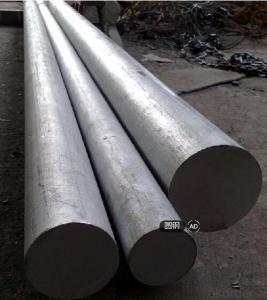Hs Code For Solar Inverter
Hs Code For Solar Inverter Related Searches
Best Paint For Stainless Steel Blanket Insulation For Steel Buildings Primer For Galvanized Steel Foam Filter For Stainless Steel H S Code For Stainless Steel Surface Grinding Wheels For Stainless Steel Surface Grinding Wheels For Hardened Steel Hole Saw For Stainless Steel Paint For Stainless Steel Stainless Steel For BbqHot Searches
Steel Mesh Panels For Sale Price For Stainless Steel Scrap Scrap Price For Stainless Steel Price For Stainless Steel Stainless Steel Plate For Sale Stainless Steel Tank For Sale Stainless Steel Sheets For Sale Cheap High Tea Sets For Sale Stainless Steel Tanks For Sale Stainless Steel For Sale High Density Fiberboard For Sale Solar Hot Water Collectors For Sale Scaffolding For Sale In Uae Scaffolding For Sale In Ireland Scaffolding For Sale In Houston Type Of Inverter For Solar Price Of Shipping Containers For Sale Types Of Inverter For Solar Stock Price For Aluminum Steel Mesh Panels For SaleHs Code For Solar Inverter Supplier & Manufacturer from China
Okorder.com is a professional Hs Code For Solar Inverter supplier & manufacturer, offers integrated one-stop services including real-time quoting and online cargo tracking. We are funded by CNBM Group, a Fortune 500 enterprise and the largest Hs Code For Solar Inverter firm in China.Hot Products
FAQ
- Nitriding steel improves hardness and wear resistance by introducing nitrogen into the steel's surface through a heat treatment process. This forms nitrides, which are hard compounds that increase the material's surface hardness. Additionally, the nitrogen atoms create compressive stresses within the structure, enhancing the material's resistance to wear and fatigue.
- High-strength steel possesses exceptional mechanical properties such as high tensile strength, toughness, and resistance to deformation. It also exhibits excellent corrosion resistance, which makes it suitable for various heavy-duty applications. Additionally, high-strength steel offers lower weight compared to conventional steel, enabling the design of lighter and more fuel-efficient structures.
- Tool steels are used in the manufacturing of cutting tools due to their high hardness, wear resistance, and ability to withstand high temperatures. They are typically used to create the blades or edges of cutting tools such as drills, saws, and knives. Tool steels allow for precise and efficient cutting by maintaining their sharpness for longer durations, providing durability and strength to the cutting tools.
- Yes, special steel can be used in the glass manufacturing industry. It is commonly used for the construction of glass melting furnaces, molds, and other equipment that require high heat resistance and mechanical strength.
- Special steel plays a significant role in the packaging aftermarket industry by offering various benefits that contribute to the overall efficiency and quality of packaging processes. Firstly, special steel is known for its exceptional strength and durability, which makes it ideal for manufacturing packaging machinery and equipment. This robustness ensures that the machinery can withstand the rigorous demands of the industry, leading to increased reliability and reduced downtime. Additionally, special steel possesses excellent corrosion resistance properties, making it highly suitable for packaging applications that involve exposure to moisture, chemicals, or extreme temperatures. This resistance to corrosion helps to extend the lifespan of packaging equipment and prevents degradation, ultimately reducing maintenance costs and enhancing the overall efficiency of the packaging aftermarket industry. Moreover, special steel can be tailored to meet specific requirements, allowing for the production of customized packaging solutions. This flexibility and versatility enable manufacturers to create innovative designs that enhance product protection, optimize space utilization, and improve transportation logistics. For instance, special steel can be utilized to create lightweight yet sturdy packaging materials, reducing shipping costs and minimizing the environmental impact associated with packaging waste. Furthermore, special steel possesses excellent machinability and weldability, facilitating the fabrication of intricate packaging components with high precision. This capability enables manufacturers to produce packaging solutions that are tailored to specific product dimensions, ensuring a perfect fit and optimal protection during transit. In conclusion, special steel plays a crucial role in the packaging aftermarket industry by offering strength, durability, corrosion resistance, customization options, and excellent machinability. These qualities contribute to the overall efficiency, reliability, and quality of packaging processes, ultimately benefiting both manufacturers and consumers.
- The requirements for special steel used in aerospace defense applications include high strength, excellent corrosion resistance, heat resistance, and the ability to withstand extreme temperatures and pressure. It should also possess good weldability, fatigue resistance, and non-magnetic properties. Additionally, the steel should meet strict quality and certification standards to ensure reliability and safety in critical aerospace defense applications.
- For special steel, there exist numerous techniques for surface grinding. Presented below are some of the most commonly employed methods: 1. Blanchard Grinding: To eliminate material from the steel's surface, this technique employs a grinding wheel and a rotary table. The grinding wheel, usually composed of abrasive particles bonded together in a matrix, revolves at a high speed. Blanchard grinding excels in its ability to swiftly and efficiently remove substantial amounts of material, making it ideal for roughing operations. 2. Precision Grinding: This method is frequently utilized for finishing operations that demand a high level of accuracy and surface finish. Precision grinding entails the use of a surface grinder equipped with a fine-grit grinding wheel to eliminate a small quantity of material from the steel's surface. This process is typically slower and more precise than Blanchard grinding, resulting in a smoother and more refined surface. 3. Centerless Grinding: For cylindrical steel components necessitating exceptional precision, centerless grinding is commonly employed. This technique involves feeding the steel between a grinding wheel and a regulating wheel, with the grinding wheel removing material from the surface as it rotates. The regulating wheel governs the speed and feed rate of the steel, ensuring consistent and precise grinding. 4. Creep Feed Grinding: This technique is employed for the substantial removal of stock from large steel parts. Creep feed grinding involves employing a slow feed rate and making deep cuts to eliminate material from the surface. This method is typically employed for specialized applications where traditional surface grinding methods are unsuitable due to the size or complexity of the steel part. Ultimately, the selection of a surface grinding method for special steel hinges on factors such as the desired surface finish, accuracy requirements, and the size and complexity of the steel part. Consulting with a proficient grinding professional is vital to determine the most suitable method for a specific application.
- Special steel contributes to improving product functionality in several ways. Firstly, special steel has superior strength and durability compared to regular steel, allowing products to withstand higher loads and stresses. This means that products made with special steel can perform better in demanding conditions, ensuring their longevity and reliability. Additionally, special steel offers enhanced corrosion resistance, which is crucial for products that are exposed to harsh environments or chemicals. This resistance helps prevent rust and degradation, extending the lifespan of the product and maintaining its functionality. Furthermore, special steel can be tailored to have specific characteristics, such as high heat resistance or excellent electrical conductivity. This customization allows manufacturers to design products with improved performance in specific applications, such as high-temperature engines or electrical components. In summary, special steel's superior strength, durability, corrosion resistance, and customizable properties significantly contribute to improving the functionality of various products, ensuring higher performance, longer lifespan, and increased reliability.















